Massive Tsunami Forces Evacuations Across Pacific
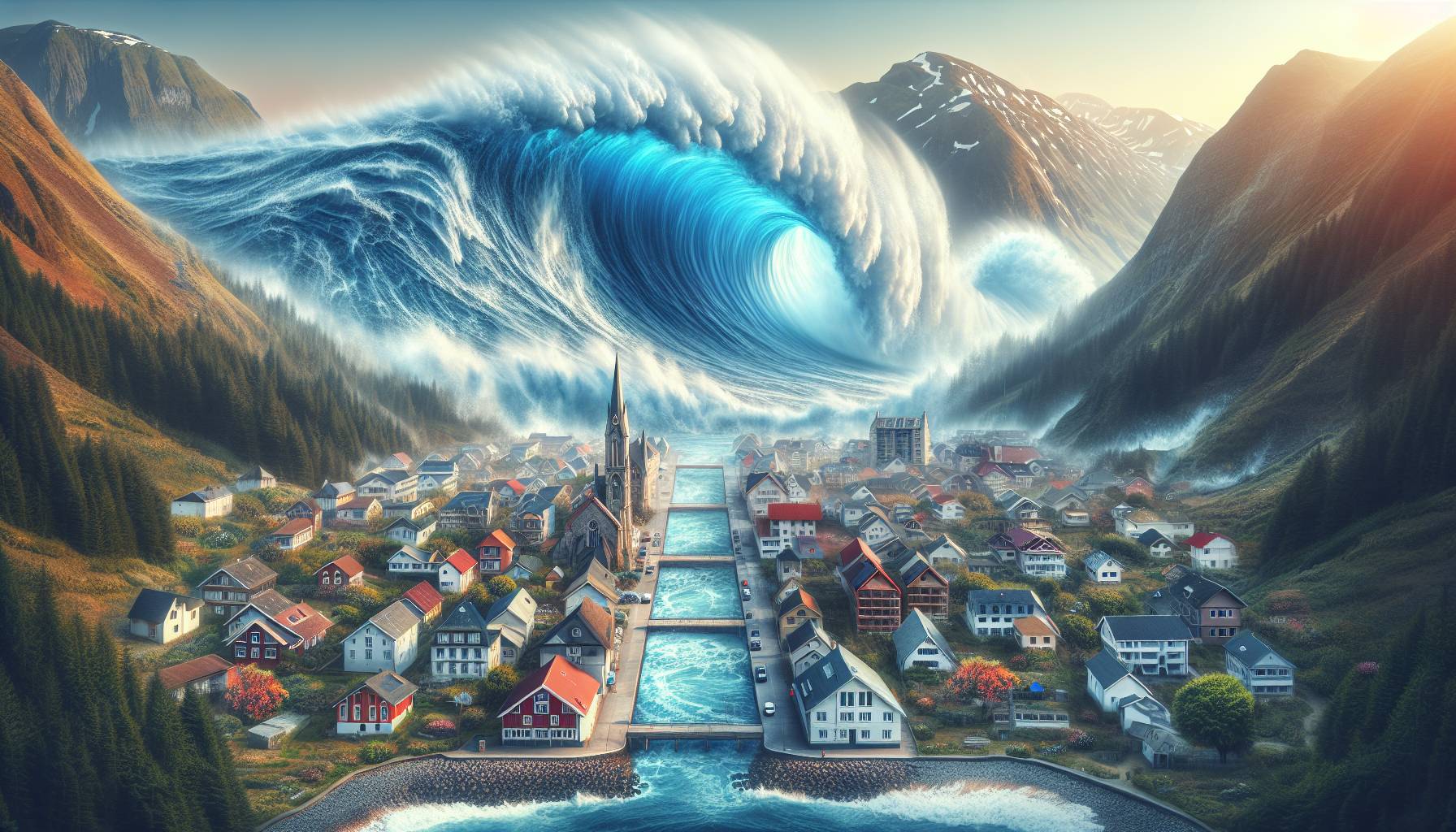
MillionsofpeopleacrossthePacific, includingcountriessuchasJapanandtheUnitedStates, weretoldtoevacuateandmovetosafetyonWednesday, afteroneofthestrongestearthquakeseverrecordedcausedatsunami.
週三,太平洋地區發生有史以來最強的地震之一併引發海嘯,包括日本和美國等國在內的數百萬居民被告知撤離並轉移到安全地帶。
Largewavesweretriggeredbythemassive 8.8 earthquake, whichhappenedintheseaoffRussia'sfareasterncoast, andhavereachedtheshoresofUSstatesHawaiiandCalifornia.
俄羅斯遠東海岸海域發生8.8級強烈地震,引發巨浪,海浪已抵達美國夏威夷州和加州海岸。
Therehavebeennoreportsofanyinjuriesfollowingthetsunamiwarnings.
海嘯警報發布後,尚未收到人員受傷的報告。
Atsunamiisagiantwave (or a series of waves) thatcrashesontoland.
海嘯是衝擊陸地的巨浪(或一系列海浪)。
AccordingtotheBritishGeologicalSurvey, theycanbecausedbyverticalseabedmovementthatcausesachangeintheheightoftheseasurface, likeastep, travellingthroughthewatercolumn.
根據英國地質調查局介紹,這些凹陷可能是由垂直海床運動引起的,這種運動導致海面高度變化,就像台階一樣穿過水柱。
Theword'tsunami'comesfromJapanese. Itmeans'harbourwave'– becausethesewavesoftenhitcoastaltownsandharbours.
“海嘯”一詞源自日語,意思是“海港波浪”,因為海嘯經常襲擊沿海城鎮和港口。
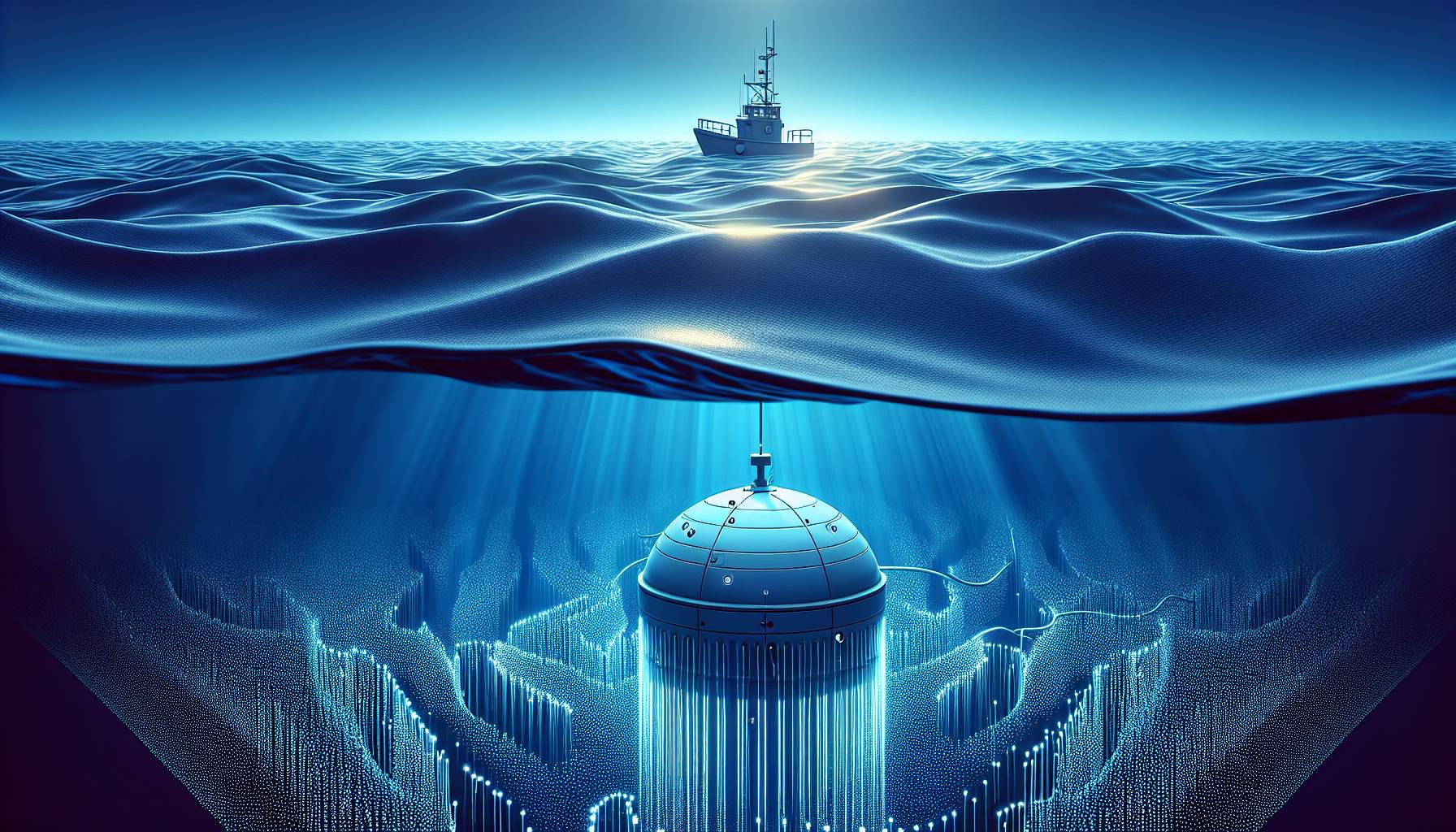
Japanoftenexperiencesearthquakesandtsunamis.
日本經常發生地震和海嘯。
Speakingto , DrAmyGilligan, aseismologist (a scientist who studies earthquakes) fromtheUniversityofAberdeen, explainedhowtsunamisaredifferenttobigwavesyoumightseeduringastorm.
阿伯丁大學地震學家(研究地震的科學家)艾米·吉利根博士在接受採訪時解釋了海嘯與暴風雨中可能看到的巨浪有何不同。
Atsunamiwaveispowerfulandwillkeeptravellingin-landveryquickly, it'smorelikeasolidwallofwaterwiththingsinsideit, likedebristhatyoudon'ttypicallygetinnormalwavesfromthesea.
海嘯波非常強大,會迅速向內陸蔓延,它更像是一堵堅固的水牆,裡面有東西,例如在正常的海浪中通常不會出現的碎片。
Mosttsunamisarecausedbyunderwaterearthquakes.
大多數的海嘯都是由水下地震引起。
Whentheseafloorsuddenlymoves, itdisplaceswater, pushingitupandout, creatingawave.
當海底突然移動時,它會取代海水,將海水向上和向外推,形成波浪。
Volcanoeseruptingundertheseaandunderwaterlandslidescanalsocausetsunamis.
海底火山爆發和水下山崩也可能引發海嘯。
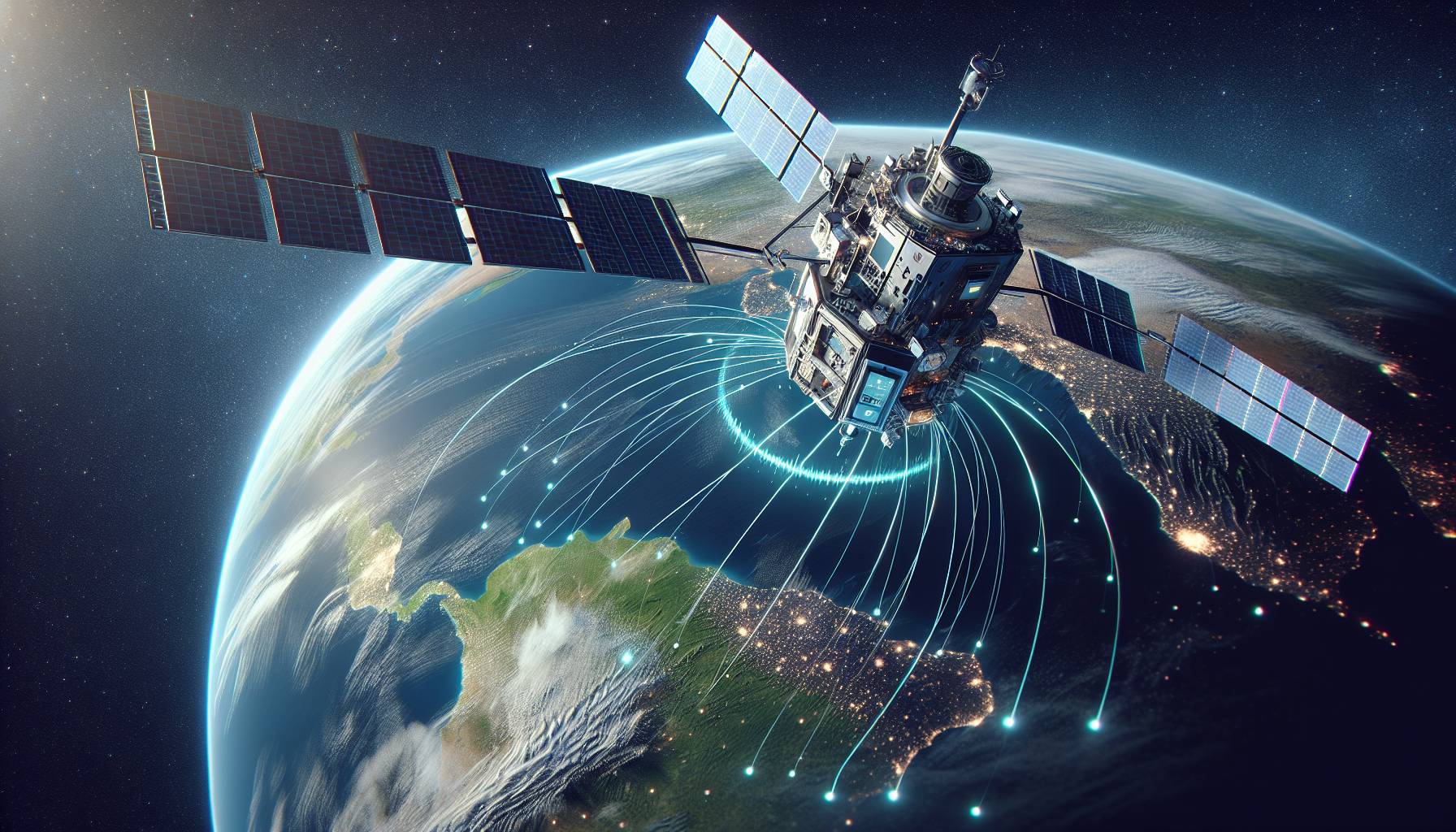
Tsunamiscarryalotofenergyfromdeepintheocean, andastheygetclosertoland, thewavesslowdown, buildup, andgrowtaller.
海嘯攜帶著來自海洋深處的大量能量,當它們靠近陸地時,海浪的速度會減慢,然後逐漸增強,變得越來越高。
Whentsunamiwavesaretriggeredbysomethingsuchasanunderwaterearthquake, theycanmoveveryquickly, ripplingoutwardsfromthecentreofwheretheearthquakehappened.
當海嘯波由水下地震等事件引發時,它們會移動得非常快,從地震發生的中心向外擴散。
Indeepwatertsunamiscantravelasfastasaplane–upto500 milesperhour.
在深水中,海嘯的傳播速度可以和飛機一樣快——高達每小時 500 英里。
Astheyslowandincreaseinsize, thewavescanreachseveralmetreshigh.
隨著波浪速度減慢、體積增大,其高度可達數公尺。
DrAmysaysoneofthetypicalwarningsignsthatatsunamiisonitswayisthatwaterwillsuddenlyretreat, pullback, anddisappearfromthebeach.
艾米博士說,海嘯即將來臨的典型警訊之一是海水會突然退去、回落,然後從海灘上消失。
Atsunamihappensbecauseofdisturbanceintheseabedfromsomethingsuchasanearthquakethatcausesthesealeveltorise.
海嘯是由於地震等因素擾動海底,導致海平面上升而發生的。
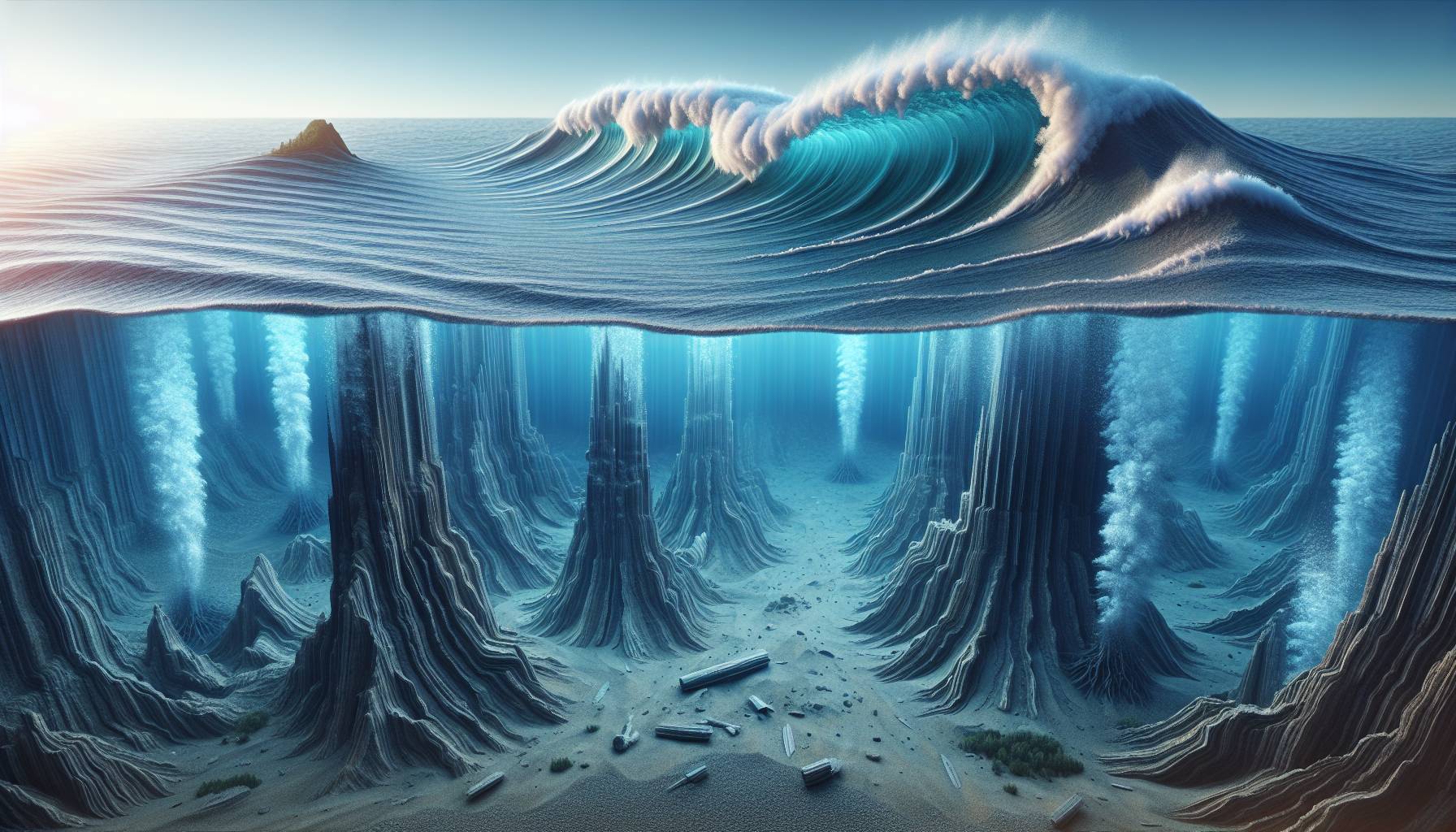
Thatwavetravelsallthewayacrosstheocean, andso-asthewaterispilingup-waterispulledawayfromthelandtobepartofthatgrowingtsunamiwave.
海浪一路穿過海洋,隨著海水不斷堆積,海水被從陸地上拉走,成為不斷增強的海嘯浪潮的一部分。
TsunamishappenmostoftenaroundthePacificOcean, nearplaceslikeJapan, Indonesia, andthewestcoastofAmerica, asthisisaregionthatisactiveforearthquakes.
海嘯最常發生在太平洋附近,靠近日本、印尼和美國西海岸等地,因為這些地區地震活躍。
TheriskofatsunamiwaveeverreachingtheUKisverylow.
海嘯襲擊英國的風險非常低。
However, 270 yearsago, asmalltsunamireachedCornwallin 1755afteranearthquakeinPortugal.
然而,270年前,1755年葡萄牙發生地震後,一場小型海嘯襲擊了康沃爾郡。
IntheUKwe'realongwayfromwheremostearthquakeshappen," saysDrAmy.
在英國,我們距離大多數地震發生地很遠,」艾米博士說。
"WegetsomeverysmallearthquakesintheUK.
「英國發生了一些非常小的地震。
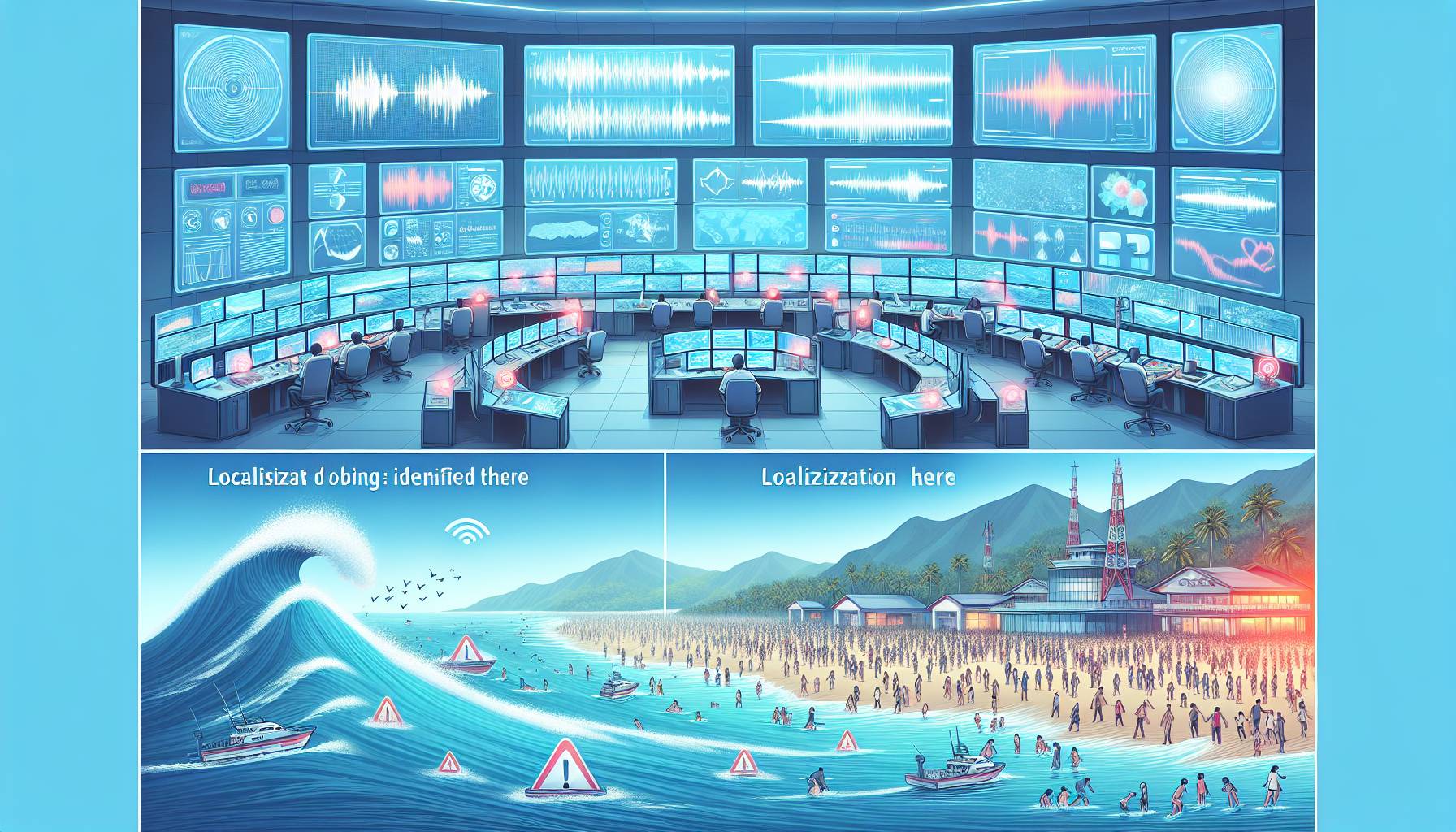
Maybeonlymagnitudetwoorthreeandmanytimessmallerthantheearthquakewe'veseennearRussia.
可能只有兩到三級地震,比我們在俄羅斯附近看到的地震小很多倍。
Asmosttsunamisstartwithanearthquakeunderthesea-scientistsusemachinescalledseismometerstodetectthesemovements.
由於大多數海嘯都是由海底地震引發的,科學家使用稱為地震儀的機器來探測這些運動。
ScientistsalsouseasystemcalledDART (Deep-ocean Assessment and Reporting of Tsunamis).
科學家也使用一種名為 DART(深海海嘯評估和報告)的系統。
Thesystemusesbuoysthatfloatontopoftheoceanandhavesensorsdeepunderwaterthatcanfeelifthewaterpressuresuddenlychanges–asignthatatsunamiwavemightbepassingby.
該系統使用漂浮在海面上的浮標,並在水下深處安裝感測器,可以感知水壓是否突然變化——這是海嘯可能正在經過的跡象。
Satellitesinspacecanwatchtheoceanandspotchangesinsealevel.
太空衛星可以觀測海洋並發現海平面的變化。
Allthisinformationisthenusedtoassessthedangertopeopleandsendoutwarningssothatpeoplecanmoveawayfrombeachesandgotohighergroundifnecessary.
所有這些資訊隨後被用來評估對人們的危險並發出警告,以便人們在必要時可以遠離海灘並前往地勢較高的地方。

Millions of people across the Pacific, including countries such as Japan and the United States, were told to evacuate and move to safety on Wednesday, after one of the strongest earthquakes ever recorded caused a tsunami.
Large waves were triggered by the massive 8.8 earthquake, which happened in the sea off Russia's far eastern coast, and have reached the shores of US states Hawaii and California.
There have been no reports of any injuries following the tsunami warnings.
A tsunami is a giant wave (or a series of waves) that crashes onto land.
According to the British Geological Survey, they can be caused by vertical seabed movement that causes a change in the height of the sea surface, like a step, travelling through the water column.
The word 'tsunami' comes from Japanese. It means 'harbour wave' – because these waves often hit coastal towns and harbours.

Japan often experiences earthquakes and tsunamis.
Speaking to , Dr Amy Gilligan, a seismologist (a scientist who studies earthquakes) from the University of Aberdeen, explained how tsunamis are different to big waves you might see during a storm.
A tsunami wave is powerful and will keep travelling in-land very quickly, it's more like a solid wall of water with things inside it, like debris that you don't typically get in normal waves from the sea.
Most tsunamis are caused by underwater earthquakes.
When the sea floor suddenly moves, it displaces water, pushing it up and out, creating a wave.
Volcanoes erupting under the sea and underwater landslides can also cause tsunamis.

Tsunamis carry a lot of energy from deep in the ocean, and as they get closer to land, the waves slow down, build up, and grow taller.
When tsunami waves are triggered by something such as an underwater earthquake, they can move very quickly, rippling outwards from the centre of where the earthquake happened.
In deep water tsunamis can travel as fast as a plane – up to 500 miles per hour.
As they slow and increase in size, the waves can reach several metres high.
Dr Amy says one of the typical warning signs that a tsunami is on its way is that water will suddenly retreat, pull back, and disappear from the beach.
A tsunami happens because of disturbance in the seabed from something such as an earthquake that causes the sea level to rise.

That wave travels all the way across the ocean, and so - as the water is piling up - water is pulled away from the land to be part of that growing tsunami wave.
Tsunamis happen most often around the Pacific Ocean, near places like Japan, Indonesia, and the west coast of America, as this is a region that is active for earthquakes.
The risk of a tsunami wave ever reaching the UK is very low.
However, 270 years ago, a small tsunami reached Cornwall in 1755 after an earthquake in Portugal.
In the UK we're a long way from where most earthquakes happen," says Dr Amy.
"We get some very small earthquakes in the UK.

Maybe only magnitude two or three and many times smaller than the earthquake we've seen near Russia.
As most tsunamis start with an earthquake under the sea - scientists use machines called seismometers to detect these movements.
Scientists also use a system called DART (Deep-ocean Assessment and Reporting of Tsunamis).
The system uses buoys that float on top of the ocean and have sensors deep underwater that can feel if the water pressure suddenly changes – a sign that a tsunami wave might be passing by.
Satellites in space can watch the ocean and spot changes in sea level.
All this information is then used to assess the danger to people and send out warnings so that people can move away from beaches and go to higher ground if necessary.
Play News
or click any sentence to play
More News coming up

House linked to Martin Luther King Jr. marches to museum near Detroit

International Enrollment Changes May Have Profound Impact on U.S. Universities

Afghan women find hope in online courses

Roma Activist Channels Elvis Presley to Fight Discrimination in Romania

British Regulators Criticize Dispute Over Prince Harry's Charity
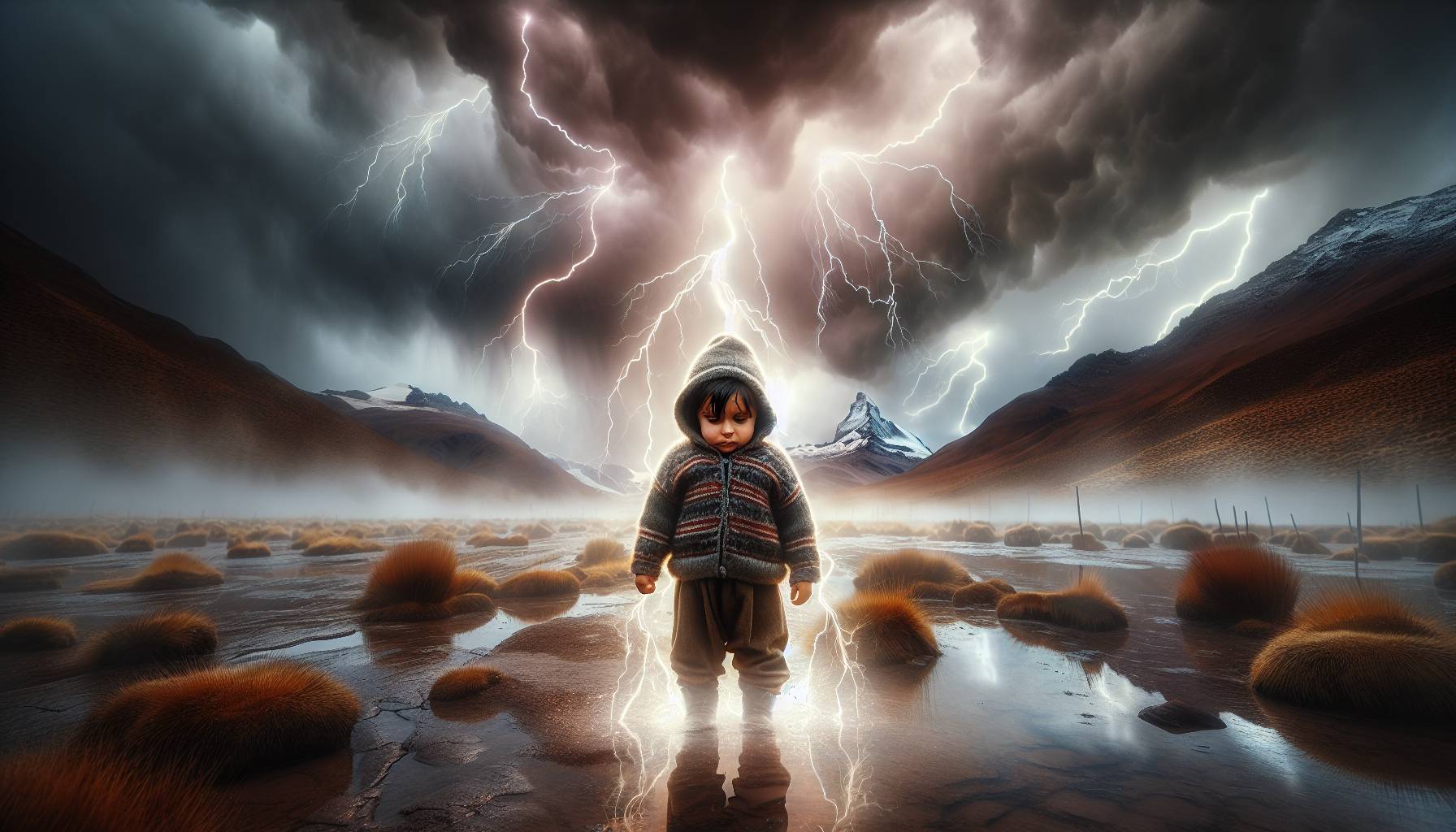
Bolivians Honor Mother Earth With Rituals in August

More News coming up

House linked to Martin Luther King Jr. marches to museum near Detroit

International Enrollment Changes May Have Profound Impact on U.S. Universities

Afghan women find hope in online courses

Roma Activist Channels Elvis Presley to Fight Discrimination in Romania

British Regulators Criticize Dispute Over Prince Harry's Charity

Bolivians Honor Mother Earth With Rituals in August

